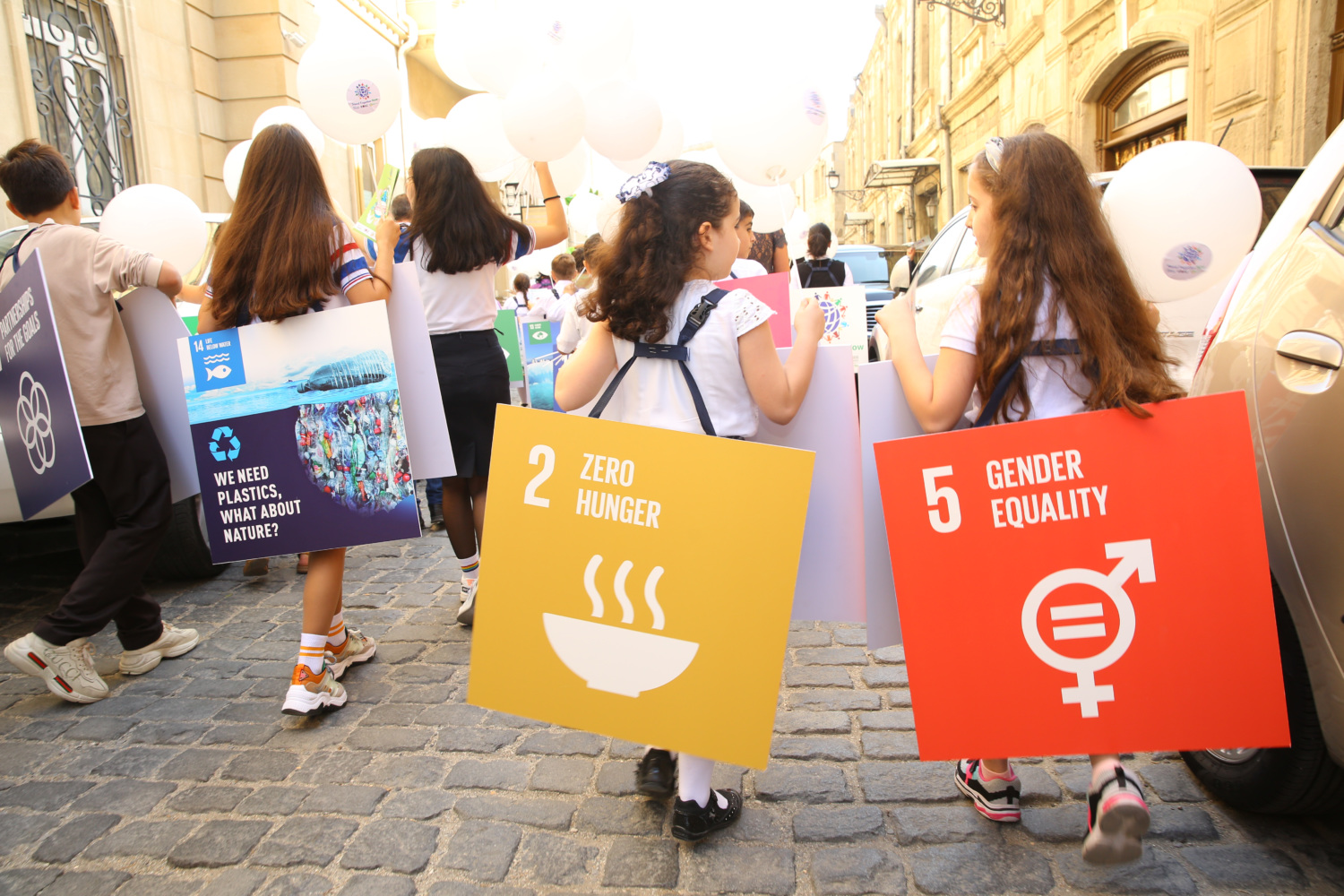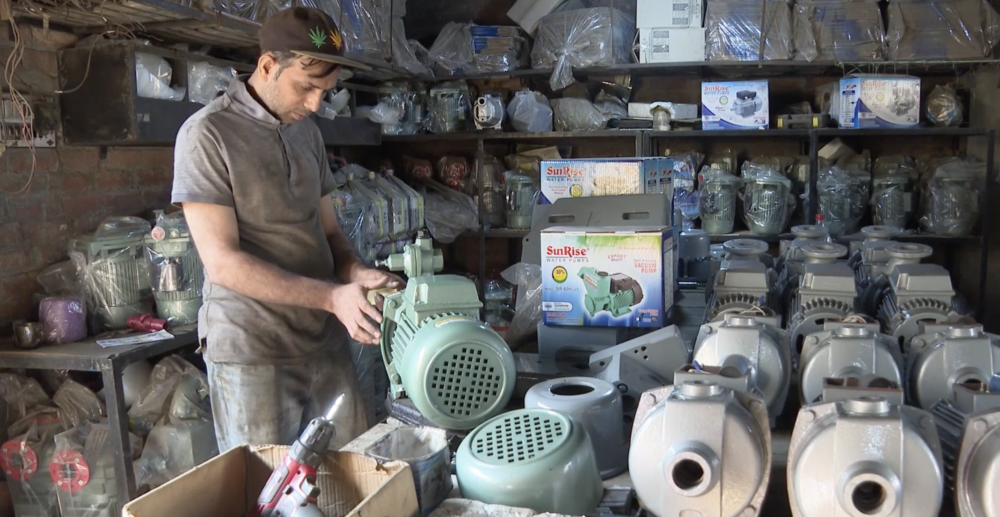Nexus Solutions to Intersectional Issues
As we approach the 26th Conference of Parties, CLASP Associate Sara DeMartini suggests that carbon neutrality can only be achieved with nexus solutions – those that take systemic, cross-sectoral approaches that examine the relationships between resources and people.
At the Climate Ambition Summit in December 2020, 75 parties outlined new commitments to address the burgeoning climate crisis amidst the COVID-19 pandemic. Yet, a recent analysis by the United Nations reveals that these commitments may be inadequate to limit global temperature rise by the end of the century. In fact, total emissions interventions in the new Nationally Determined Contributions (NDCs) would only result in around a 1% change in 2030 compared to 2010 against the needed 45%.
As we approach the 26th Conference of Parties (COP26), currently set for November, clarity on how countries will link their NDCs to longer-term carbon neutrality is critical. The priorities for COP26—spanning the energy transition, adaptation and resilience, zero-carbon transport, justice and equity so vulnerable groups won’t get left behind or further harmed, and the protection of ecosystems—can only be achieved with nexus solutions – those that take systemic, cross-sectoral approaches that examine the relationships between resources.
A systemic approach to the climate crisis is not a new concept, and yet it is still challenging to implement. In effect, this approach prevents multiple sectors and stakeholders from operating in silos, allowing each to benefit from the same, coordinated action. Take, for example, the “nexus” concept, which examines the interdependencies between water, energy, and food. First introduced in the 1980s and popularized through a 2011 conference, the nexus approach builds on the interrelation of socio-economic and environmental issues to best respond to the needs of an increasing global population. Indeed, addressing the climate crisis mandates a similar harmonization between the needs of people and the planet.
With these synergies in mind, the international community agreed to implement the 2030 Agenda for Sustainable Development through 17 Sustainable Development Goals (SDGs) in 2015. The SDGs provide a shared global framework whereby the alleviation of any single global issue is connected to several others. Energy efficiency, for example, contributes to SDG 7 (Providing Access to Sustainable and Affordable Energy for All), while eradicating poverty (SDG1) and reducing greenhouse gas emissions (SDG13).

The priorities for COP26 can only be achieved with nexus solutions – those that take systemic, cross-sectoral approaches that examine the relationships between resources and people.
CLASP has increasingly explored integrated approaches to target the climate crisis, increase equity and advance resilience. For example, we recently explored the opportunity to develop water efficiency policies for taps and showerheads in the top carbon-emitting economies in the appliances sector. Efficiency policies for hot water products could achieve reductions in water use (SDG 6), CO₂ emissions (SDG 7 and 13), and improve water access (SDG 6 and 1) and overall sustainability (SDG 11).
CLASP also administers the Global LEAP Awards, whose Solar E-waste Challenge supports immediate investments in e-waste management (SDG7 and 12) as the off-grid solar sector continues to grow. Similarly, the Electric Pressure Cookers Competition identified 13 best-in-class, affordable, energy-efficient EPCs that are appropriate for use in underserved markets. The competition provides a pathway to safe and cost-effective cooking, while addressing the adverse impacts of biomass cookstoves on women and girls—preventing their exposure to household air pollution (SDG3) and safety and sustainability concerns related to collecting biomass (SDG5 and 15).
One key challenge of a nexus approach is aligning priorities and coordination across sectors, while still keeping pace with the urgency of the issue. For example, energy and water regulatory bodies often work separately of one another, resulting in fragmentation at various levels of governance. This involves poor horizontal coordination between water and energy agencies, as well as lacking vertical integration within the same sector i.e., among the stakeholders at the regional, national, provincial and local levels, as well as with non-state actors. Yet our Global Scoping Study showed that, because water is a key and scarce resource, most countries have an overarching framework which prioritizes water conservation and sustainability. Similarly, these countries are likely to prioritize energy conservation as well, creating an advantageous opportunity for coordinated efforts on policies that address products that use both. In the European Union, energy labels for washing machines and dishwashers inform consumers on both energy efficiency and water consumption – intending to drive the market toward the most efficient technologies. Coordinated policy efforts across these two sectors ensure that water and energy conservation are considered together, maximizing cost benefits for governments and people, while protecting the climate.
To achieve climate goals and more sustainable development, unique sectors must define concrete pathways that take a systemic and coherent approach. This can be achieved through collaboration among government agencies, their NGO partners, and with shared goal setting, as well as by exploring synergies at regional and global levels. Relatedly, philanthropic funds should evolve to acknowledge these intersectional foci and stimulate ambitious, cross-sectoral initiatives. CLASP is taking the remit seriously.









